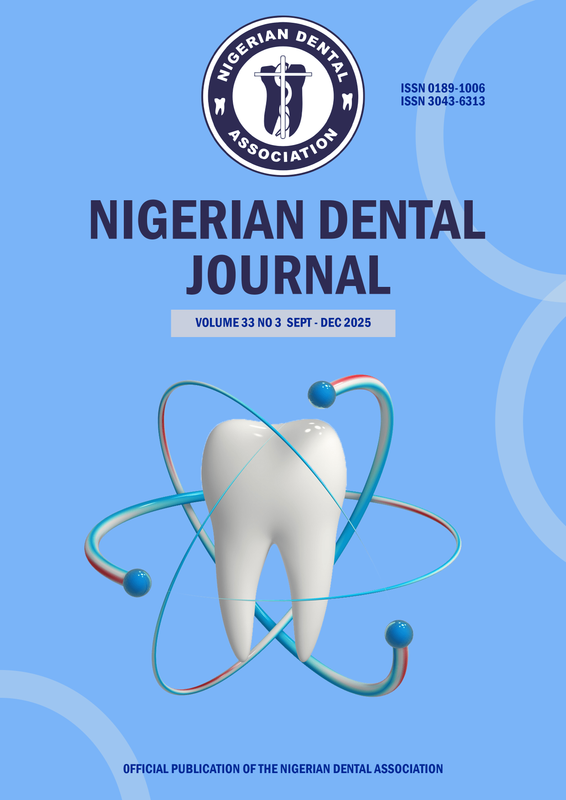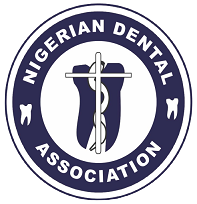Internet access and use among Nigerian dental students
DOI:
https://doi.org/10.61172/ndj.v15i2.194Keywords:
Internet access, Nigerian dental studentsAbstract
Objective: The aim of this study was to determine access to internet /e-mail and its usage among Nigerian clinical dental students in year 4 to year 6.
Methods: This is a cross-sectional study involving clinical dental students in year 4 to year 6 of the College of Medicine, University of Lagos. Information obtained from the students include demographic data, access to computers, access to the internet, internet usage, attitude to internet as a supplemental resource in dental education.
Result: Only 35% of the students in this study owned a personal computer presently. Other sources of computer access were at home (35.6%), roommates (21.8%), dental school/college library (7.9%) . Only 35.6% of the respondents had access to the internet at home, with majority (60.4%) accessing it from cyber cafés. Twenty-five per cent used the internet more than once a week while 43.4% accessed it only once a week. Nearly 30% rarely accessed the internet. Eighty-eight per cent used the internet for sending e-mails while only 38% used this facility for literature search(i.e. academic purposes). Students in higher levels of study significantly used the internet often especially for literature search (p< 0.05). Nearly all students (95%) possessed e-mail addresses though only 26% accessed it more than once a week. About 90% would like the internet used as a supplement in dental education.
Conclusion: There is a need to improve internet usage for academic purposes for our students .The availability of computers and unhindered access to the internet by clinical students in Nigeria would be beneficial to update their knowledge and share experiences with their global peers.
Downloads
Downloads
Published
Issue
Section
License
Copyright (c) 2007 P. O. Ayanbadejo, O. O. Sofola, O. G. Uti

This work is licensed under a Creative Commons Attribution 4.0 International License.
Open Access Statement
- We became fully Open Access since January 2023.
- Our new and archived materials are available free of charge on open basis and under a Creative Commons license as stated below.
Copyright statement
Copyright © 1999 The authors. This work, Nigerian Dental Journal by Nigerian Dental Association is licensed under Creative Commons Attribution 4.0 International License.

